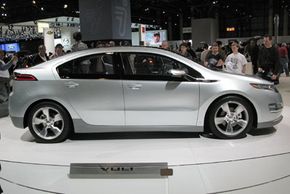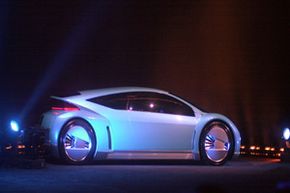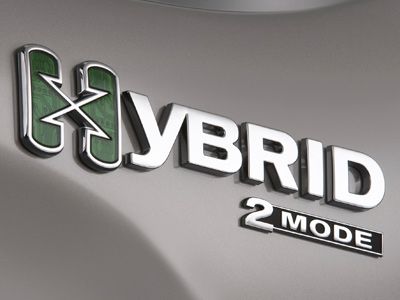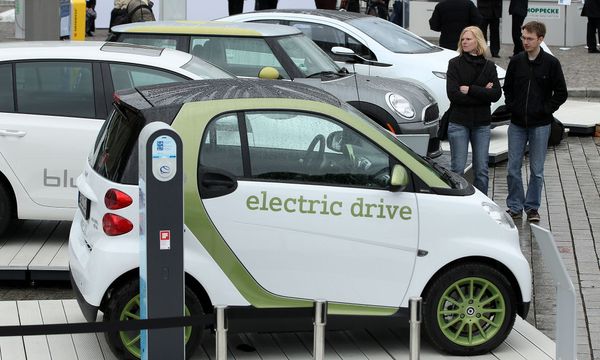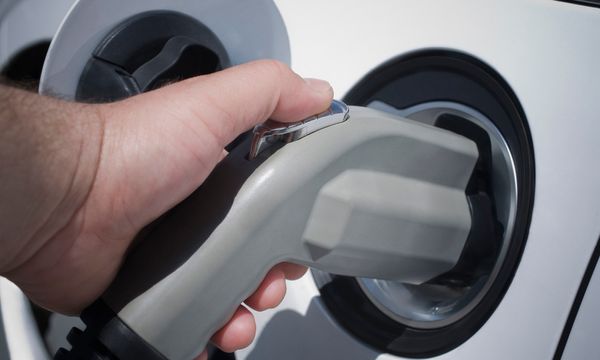Car companies market hybrid vehicles as the newest and most innovative ways to transport people from point A to point B, but in actuality, they've been around for more than a hundred years. In fact, the basic functions and systems used in today's hybrids are very similar to those used in America during the turn of the century.
Hybrid vehicles use two different power sources to create motion for the vehicle. The most common hybrid system is the gas-electric hybrid, which uses both an internal combustion engine and an electric motor powered by batteries to make the car run. However, in the late 1800s and up until the early 1900s, electric vehicles were the rising stars of the automotive industry [source: Hybrid Cars]. In 1897, the London Electric Cab Company used cabs equipped with 40-cell batteries and 3-horsepower electric motors to run their cars for 50 miles (80 kilometers) without having to stop to recharge [Source: Hybrid Cars]. Over the two years that followed, the Pope Manufacturing Company in Hartford, Conn., produced almost 500 electric cars to be sold.
Advertisement
Around the same time that these companies were building and using electric cars, a German engineer was building his first car, the Lohner Electric Chaise. It was the world's first front-wheel-drive vehicle. The man who built it has a name beloved among car buffs -- Ferdinand Porsche -- and his second car would be the first-ever hybrid vehicle [source: Hybrid Cars]. The Lohner Carriage Company hired Porsche when they decided to make the transition into the horseless carriage market [source: Wand]. Porsche's car used a type of series hybrid system used in some hybrid vehicles today, like the Chevy Volt. This type of hybrid used the batteries (rather than the internal combustion engine) as the primary source of power for the wheels.
Head to the next page to learn more about the Lohner-Porsche hybrid and how other hybrids were coming into existence around the same time.
Advertisement
